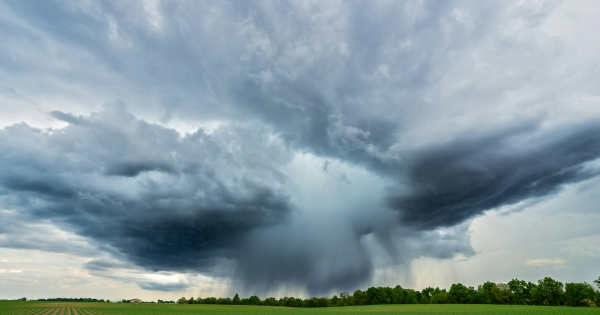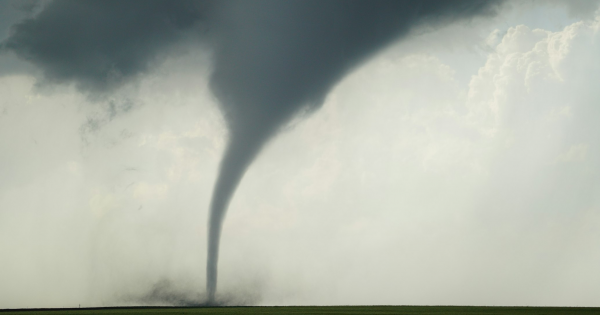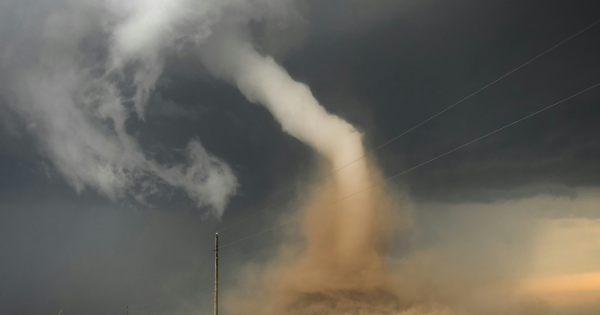Storm Warning
Indicates that storm-force winds are expected in your area, posing serious hazards to life and property. Avoid outdoor activities and secure loose items.
See the current LIVE alerts.

Understanding a Storm Warning
A Storm Warning is issued when severe weather conditions are expected to occur within a specified area. These conditions typically include high winds, heavy rain, hail, or the potential for tornadoes. The warning signifies that the storm is imminent or already occurring, and it poses a threat to life and property. It is crucial to take immediate action to protect yourself and your surroundings.
How to Prepare for a Storm Warning
When a Storm Warning is issued, it is important to prepare proactively. Here are some steps you can take:
- Secure outdoor furniture and objects that could be blown away by strong winds.
- Ensure you have a disaster supply kit ready, including water, non-perishable food, a flashlight, batteries, and a first aid kit.
- Stay indoors and away from windows to protect yourself from flying debris.
- Charge your mobile devices and have a backup power source available in case of power outages.
- Stay informed by monitoring local news and weather updates via television, radio, or reliable online sources.
- Identify a safe room or area in your home where you and your family can take shelter if conditions worsen.
When is a Storm Warning Issued?
Storm Warnings are typically issued by meteorological agencies when a storm is forecasted to develop or is already occurring in your area. These warnings are time-sensitive and provide information about the expected path, intensity, and duration of the storm. It's essential to heed these warnings seriously and act promptly to ensure safety.
By understanding the implications of a Storm Warning and taking necessary precautions, you can mitigate potential risks and safeguard yourself and your loved ones during severe weather events.






